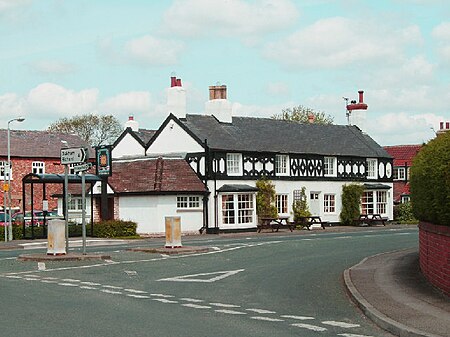Long Marston, North Yorkshire
Civil parishes in North YorkshireUse British English from September 2019Villages in North Yorkshire

Long Marston is a village and civil parish in the Harrogate district of North Yorkshire, England. Historically part of the West Riding of Yorkshire, it is situated on the B1224 road from Wetherby to York, 7 miles (11 km) west of York. The civil parish includes the hamlets of Hutton Wandesley, immediately south of the village of Long Marston, and Angram, 1.5 miles (2.4 km) south east of Hutton Wandesley. The Battle of Marston Moor was fought just west of the village. There is a monument to the battle on the Tockwith Road to the north of the village.
Excerpt from the Wikipedia article Long Marston, North Yorkshire (License: CC BY-SA 3.0, Authors, Images).Long Marston, North Yorkshire
Angram Road,
Geographical coordinates (GPS) Address Nearby Places Show on map
Geographical coordinates (GPS)
| Latitude | Longitude |
|---|---|
| N 53.95368 ° | E -1.2366 ° |
Address
Angram Road
Angram Road
YO26 7LQ
England, United Kingdom
Open on Google Maps








